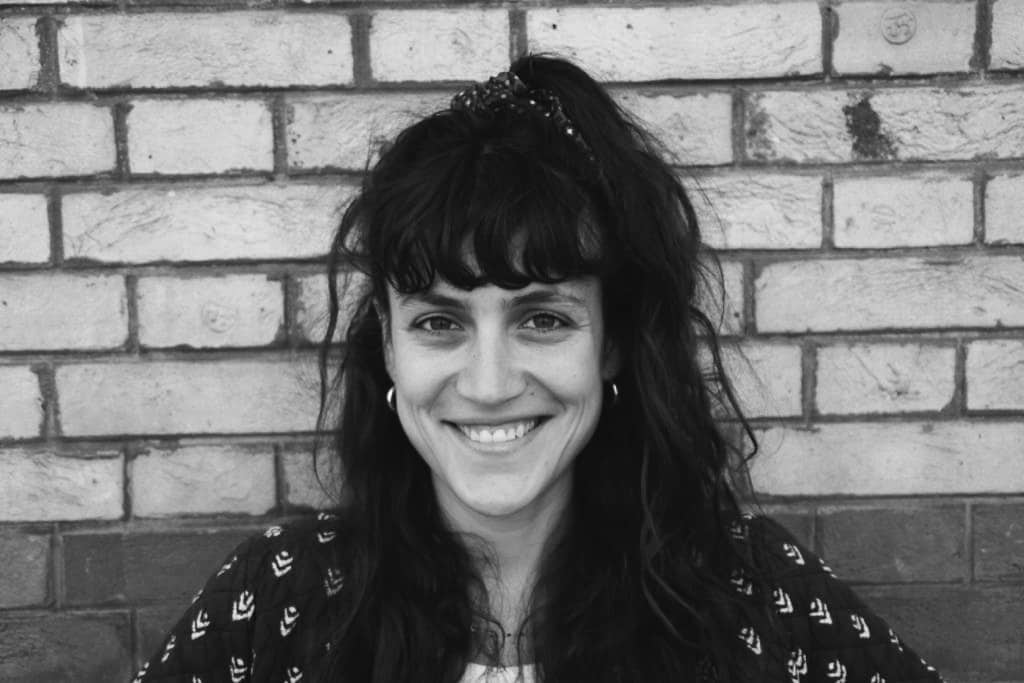The French President Emmanuel Macron sitting on a pile of trash in a tailored suit in the middle of a garbage strike or protesting against his own pension reform. Former President Donald Trump resisting a heavy-handed arrest. Pope Francis parading ar...



